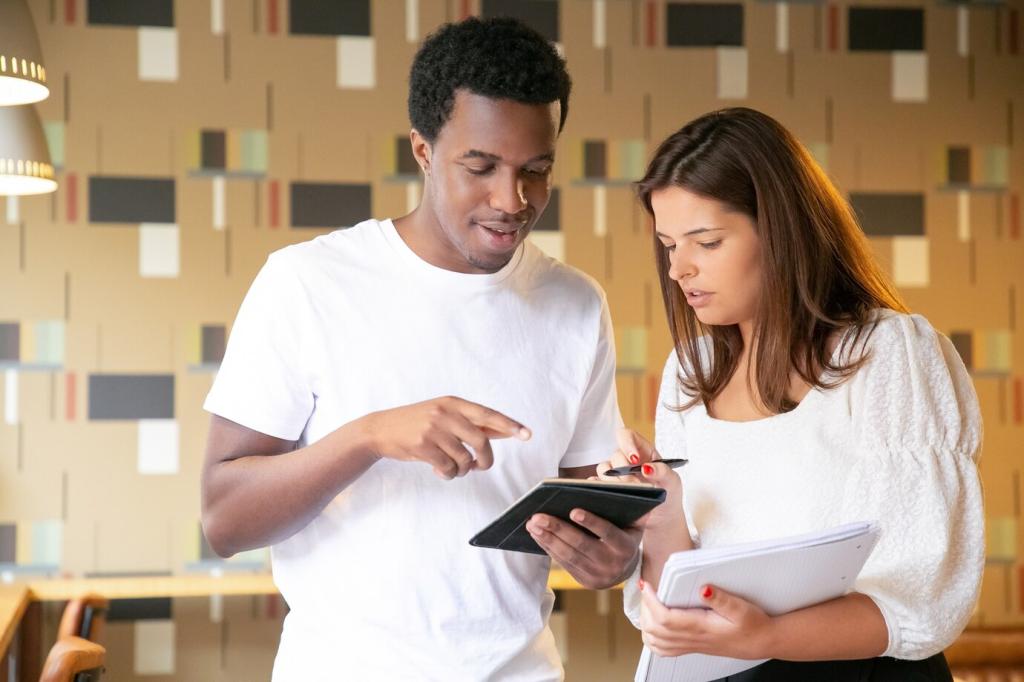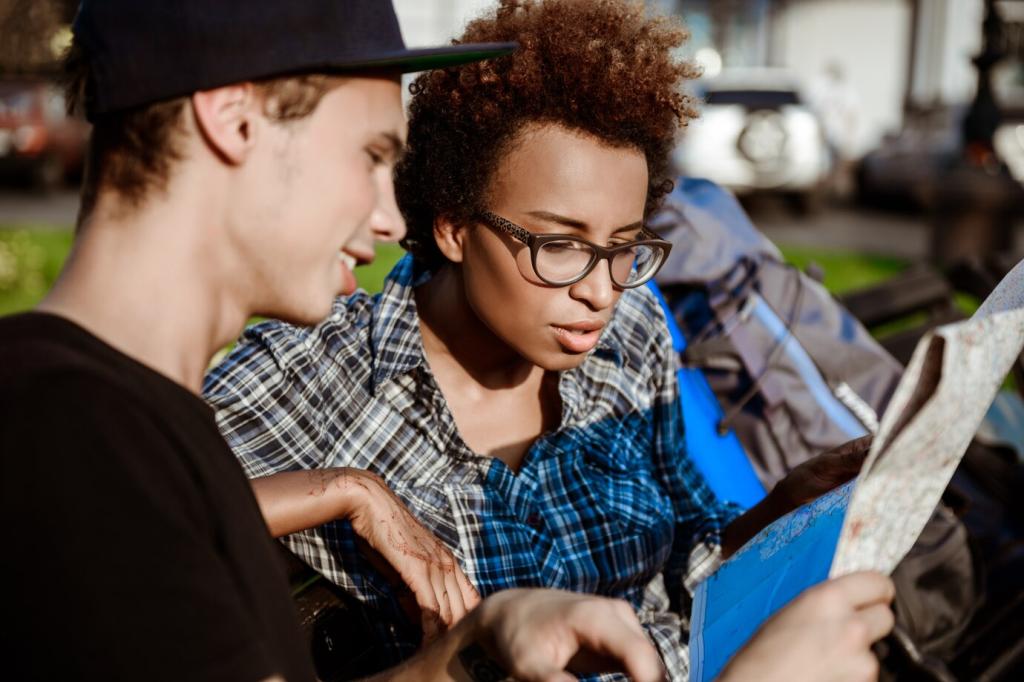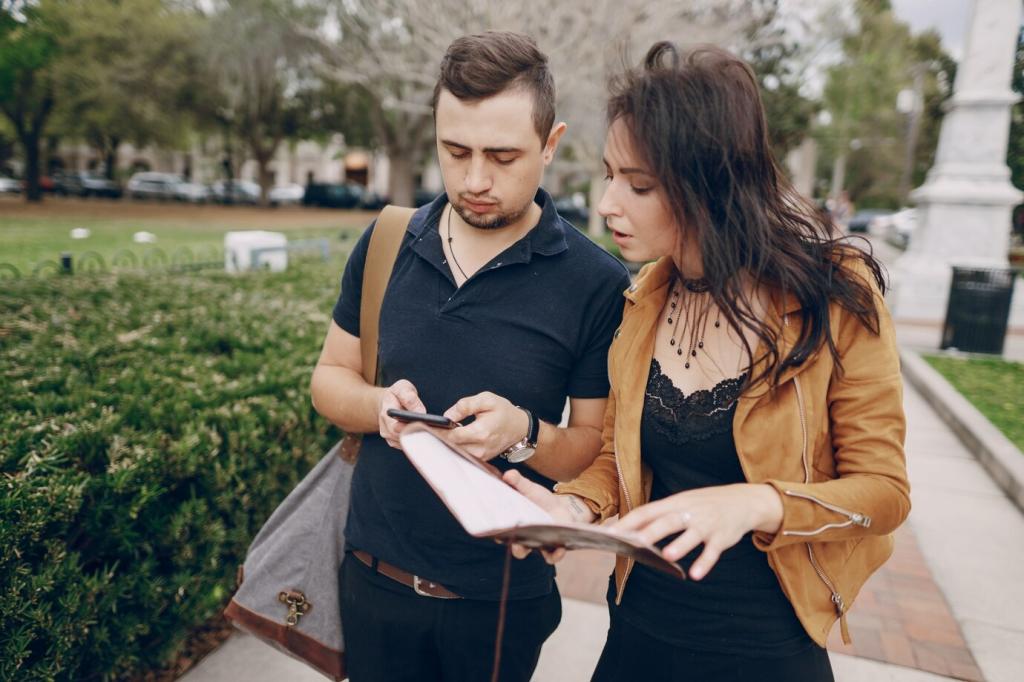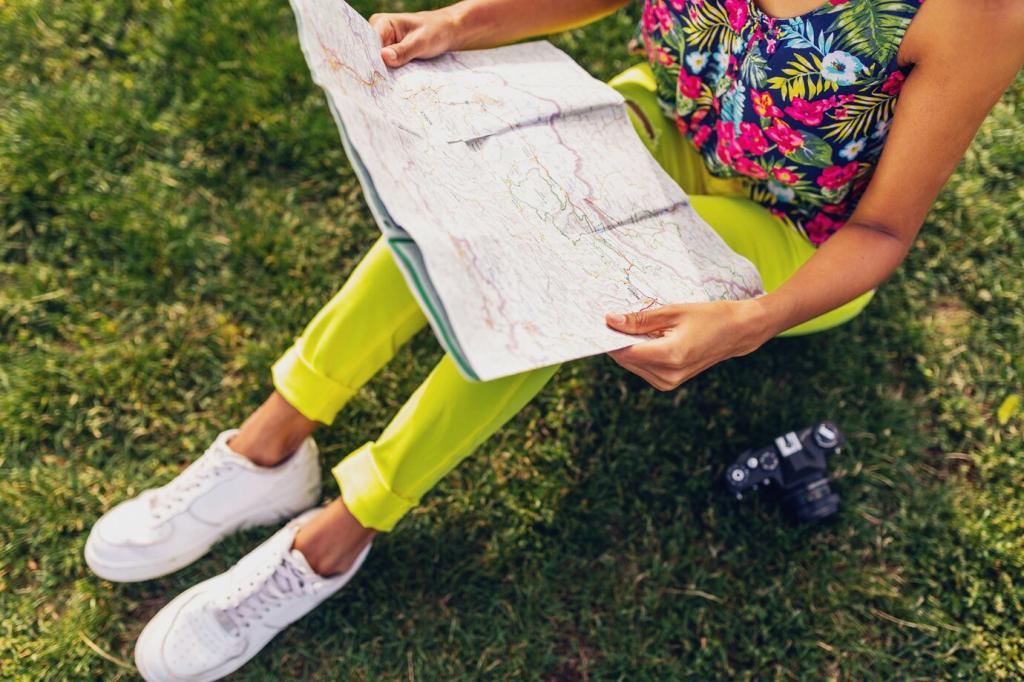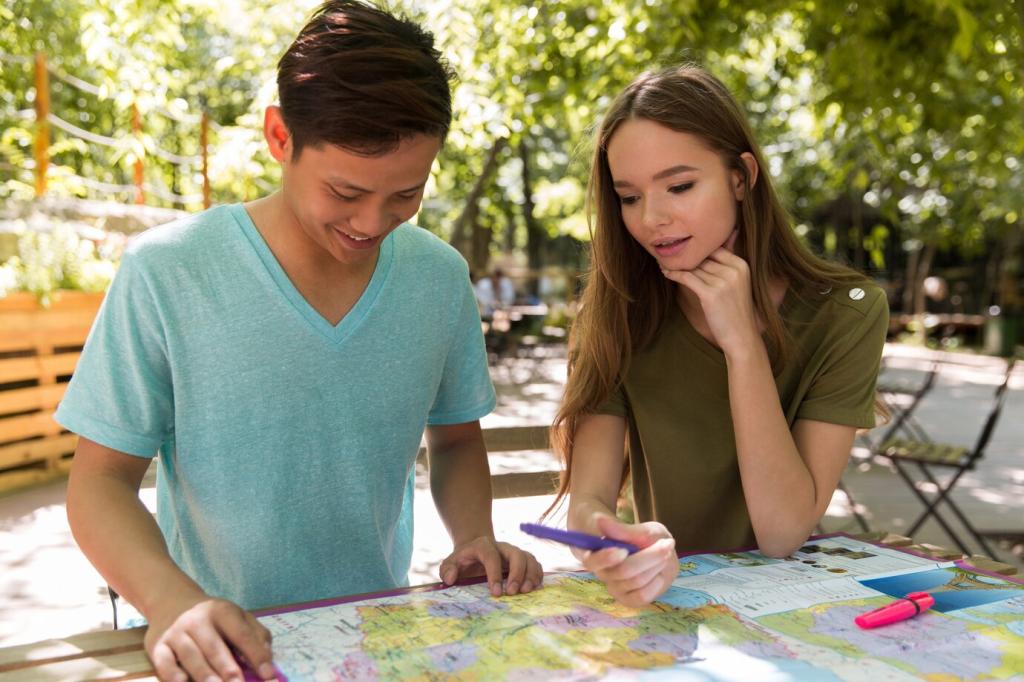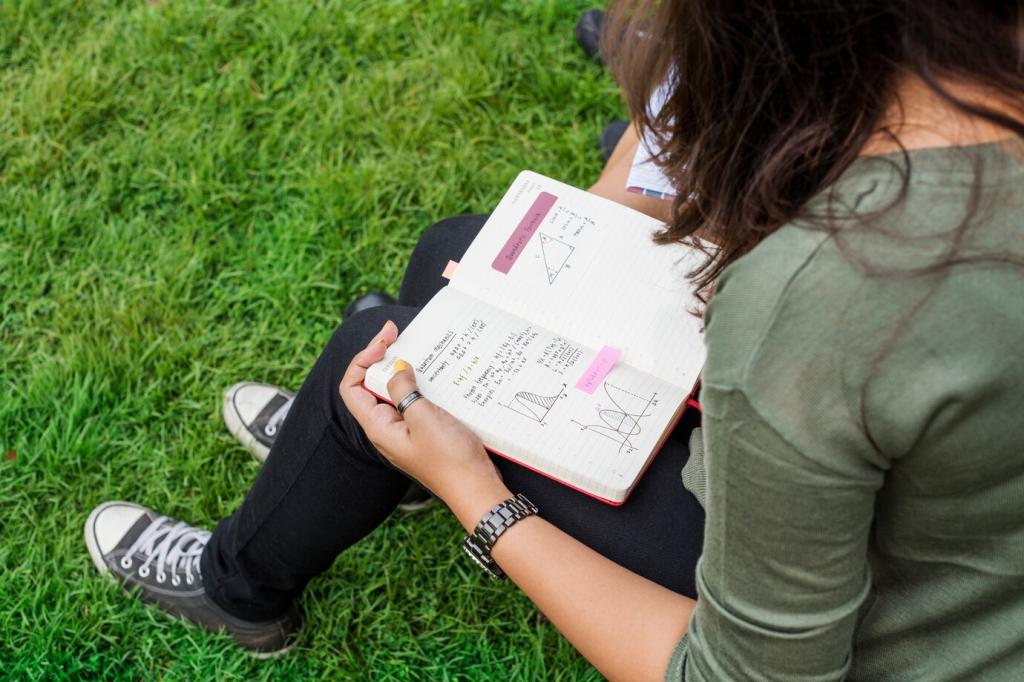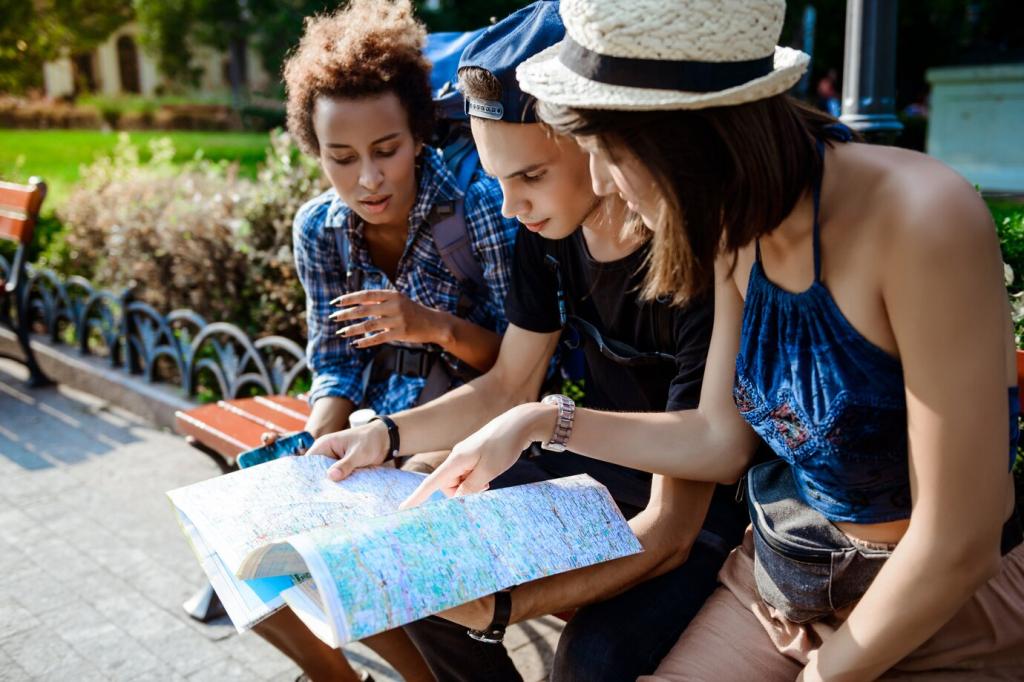Legal, Ethical, and Cultural Dimensions
Operate within your certified training, follow local laws, and avoid improvised procedures beyond competency. When in doubt, stabilize, monitor, and escalate. Transparency with guests about capabilities builds ethical trust and realistic expectations.
Legal, Ethical, and Cultural Dimensions
When possible, obtain consent before care, explain steps plainly, and protect privacy. With minors, follow guardian protocols and organizational policies. Use blankets or clothing to preserve dignity while treating injuries in public settings.
Legal, Ethical, and Cultural Dimensions
Emergency scenes intersect with beliefs about touch, modesty, and decision-making. Learn local customs, ask permission, and invite cultural liaisons within the group. Sensitivity strengthens cooperation and reduces resistance during critical moments.


